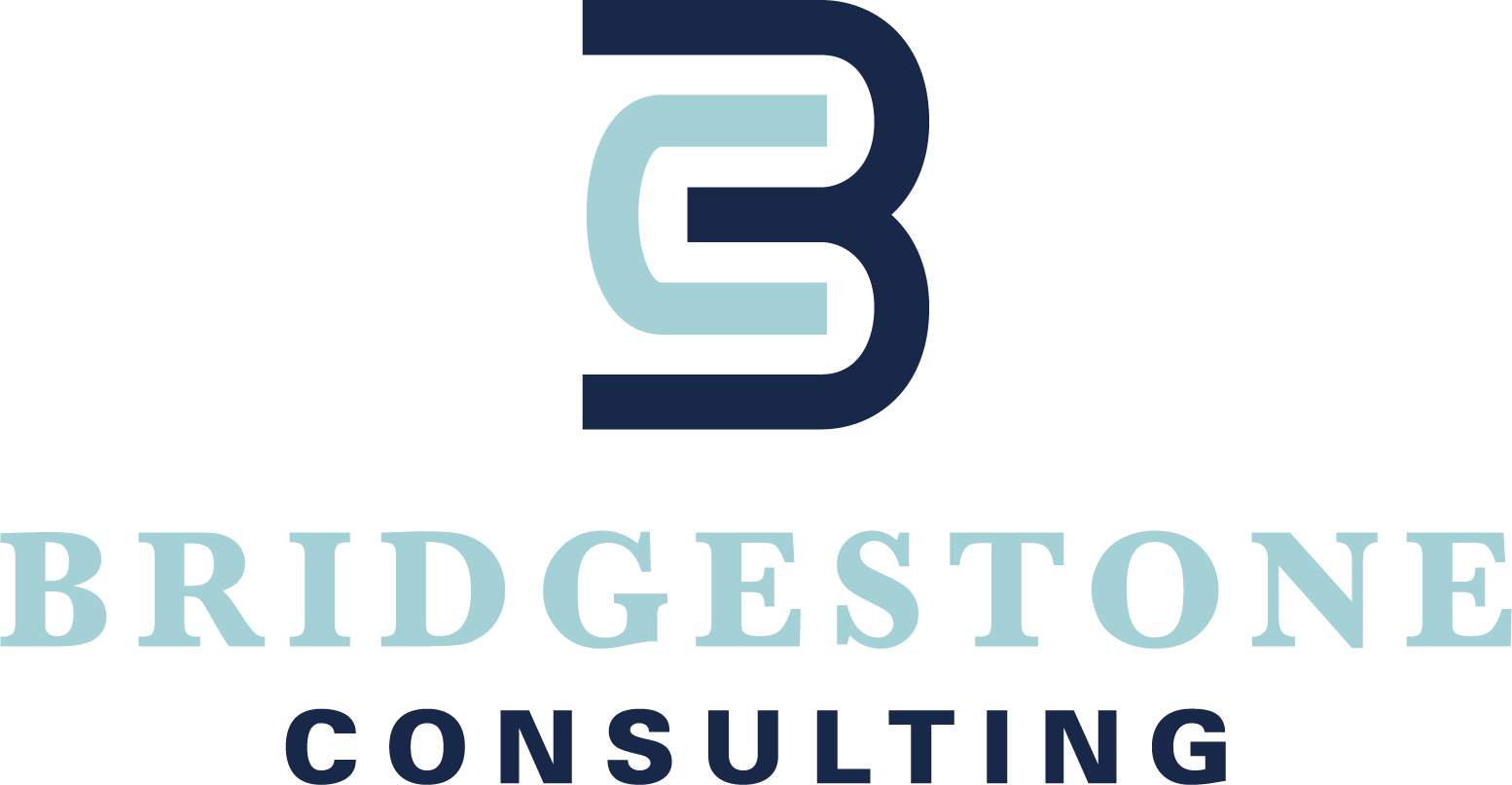April 2020: Survival of the Adapted
For the last two weeks, Seattle is beaming with sunshine. I wake up everyday hearing birds chirping at my windows. My garden is starting to come alive; tulips are blooming and the mini azaleas are budding. Meanwhile, a few miles away, multiple hospitals continue to plan for PPE shortages while healthcare workers stress over safety. Nationally, millions of people lose their livelihood, children are unable to finish their school year, and hundreds of thousands are fighting this illness. The juxtaposition of a glorious Pacific Northwest spring contrasting with the pandemic is a bit jarring. Nature doesn’t stop in the name of a virus, or for humans. And perhaps, nature breaths a sigh of relief as we are forced to slow down, reflect, introspect, and decrease our carbon footprint. This is survival of the adapted.
Change is difficult, but inevitable. Have you altered your workflow and operational activities in order to navigate this new norm? Most healthcare organizations have moved to telemedicine, prioritizing in-person visits for those with most pressing health concerns. The way we provide healthcare is changing, and financial models also need to change to reflect the care provided. As such, educational programs must also adapt. Three weeks ago, I posted a question to a Nurse Practitioner residency and fellowship online forum “should we alter or eliminate certain specialty rotations, to decrease viral exposure when learners move between different healthcare organizations, and to strategically reserve a group of healthy providers for the 2nd wave?” Make no mistake, there will be a second wave, and perhaps a third, or until there is a vaccine or a cure. Some of the program directors believe these changes are necessary, some were more reserved about this decision. And just like that, within days, many components of specialty rotations were eliminated in NP residencies and fellowships throughout the country. Most were forced into this change when specialty rotations refuse to take on learners as they scale back to the basic patient-care necessities.
Making difficult decisions at just the right time is the epitome of strong leadership. Programs that quickly came up with alternative options for educational activities were better prepared for sudden changes that come with clinic closures, shelter-in-place orders, and financial burdens. Some of these programs utilized the pandemic as an opportunity to bolster education in areas such as population health, telemedicine, and infectious disease management. This is called pivoting, or as my astute Vietnamese American mother who has lived through a war, a refugee journey, and three “restarts of life” would say “Not enough rice? Add broth to make porridge”
As chair of the Accreditation Commission for the NNPRFTC, I had to make quick decisions on postponing accreditation site visits, and utilizing resources we have in place to ensure our work is not jeopardized. The Commission worked closely with the United States Department of Education to ensure we follow federal regulations, while supporting the programs we accredit. This is a gargantuan lift at all levels of healthcare education, from the top decision makers in Washington DC, to the individual programs and their participants.
Once upon a time, the entertainment giant Blockbuster had an opportunity to pivot, but chose to maintain its business model. Blockbuster who? Yes, it was the Netflix of the pre-streaming world, when Netflix was simply a preposterous notion. Soon, many Blockbuster-like businesses will not survive this pandemic, as will be with some educational programs. Healthcare, education and life as a whole will be permanently changed. A new norm is expected. This is survival of the adapted. Are you adapting? What are your strategies for pivoting? Again, in the words of my wise mother who loves to teach her grandkids Vietnamese sayings “Hardships make Heroes.”
